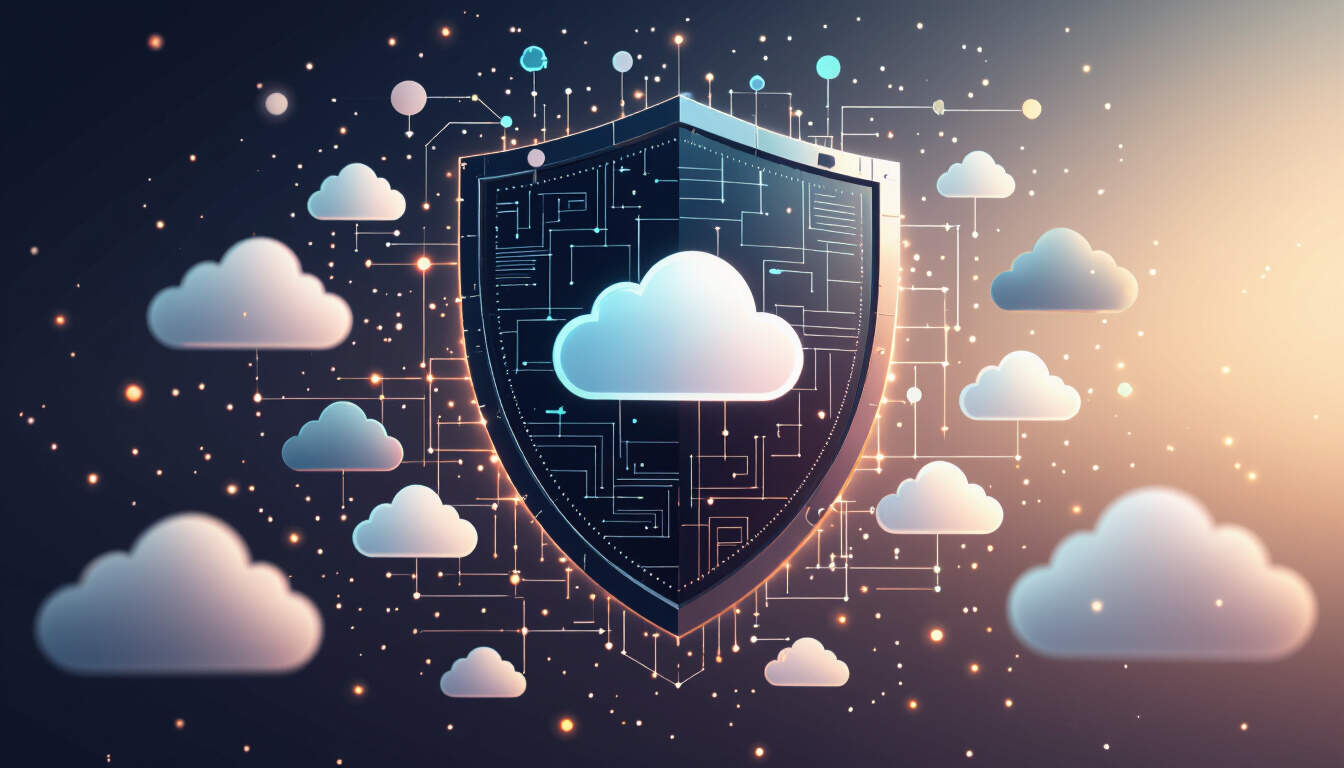Essential Cybersecurity Practices for Solo SaaS
 by Max Miller
by Max Miller
Solo SaaS developers face unique security challenges in protecting user data and applications. This article covers key practices like encryption and access controls, with step-by-step guides and real-world examples to help build secure systems effectively.

Solo SaaS developers often work alone, making security a critical focus for protecting their applications and user data. Strong cybersecurity practices help prevent breaches that could harm reputations and finances.
Why Security Matters in Solo SaaS
For solo developers, building a secure SaaS product means prioritizing protection from the start. Early implementation of security measures can save time and resources later. cybersecurity forms the foundation of trust with users, as they expect their information to remain safe.
In solo SaaS setups, common issues include unauthorized access and data leaks. By focusing on basic yet effective strategies, developers can maintain control over their systems. For instance, a simple misconfiguration can lead to vulnerabilities, so regular checks are essential.
Key Cybersecurity Essentials
Several core elements stand out for solo SaaS projects. First, data protection is vital. encryption ensures that sensitive information stays confidential, even if accessed improperly. Developers should apply this to all data transmissions and storage.
Another essential is access control. Limiting who can view or modify data reduces risks. Using role-based systems allows only necessary permissions, helping to avoid overexposure. Real-world examples show that companies neglecting this have faced major incidents, like account takeovers.
Threat detection plays a significant role too. Monitoring tools can identify unusual activities early. For solo developers, free or low-cost options provide basic alerts, allowing quick responses to potential problems.
Step-by-Step Guide to Implementing Security
Start with a basic setup. Begin by assessing your current system for weaknesses. List all entry points, such as login pages and APIs, then evaluate their defenses.
Step 1: Enable two-factor authentication. This adds an extra layer beyond passwords, making it harder for attackers to gain entry. Many platforms offer easy integration for this feature.
Step 2: Use secure coding practices. Always validate inputs to prevent common attacks like SQL injection. Write code that assumes external data could be malicious, and test it thoroughly.
Step 3: Set up regular backups. Store them in secure locations, separate from your main system. This ensures you can recover data quickly if an incident occurs.
In practice, a solo developer building a project management tool might follow these steps. They could start by encrypting user files and adding authentication checks, then test the system with simulated attacks to find gaps.
Real-World Examples and Lessons
Consider a case where a solo SaaS app for file sharing experienced a breach. The developer had overlooked proper access controls, leading to unauthorized downloads. After enhancing permissions and adding monitoring, the app became more secure and regained user trust.
Another example involves a developer creating an e-commerce platform. By implementing encryption from the outset, they protected payment details and avoided compliance issues. These cases highlight how proactive measures can prevent disasters.
Solo developers can learn from such scenarios by adopting similar strategies. Regular updates to software and dependencies also help, as outdated components often contain known vulnerabilities.
Tools and Resources for Solo Developers
Several straightforward tools assist in maintaining security. Options like open-source firewalls provide protection without high costs. Developers can integrate these into their workflows easily.
For monitoring, services offer dashboards that track activity in real time. This allows solo operators to stay informed without overwhelming their routines. Combining these with automated scans creates a solid defense layer.
In summary, focusing on these essentials builds a resilient SaaS environment. By applying the steps outlined, developers can handle security effectively on their own.
Maintaining Long-Term Security
Ongoing efforts are key. Schedule periodic reviews of your security setup to adapt to new threats. For instance, keep abreast of updates in the field and apply patches promptly.
Encourage user awareness too. Provide guidance on strong passwords and safe practices, as end-users play a part in overall security. This collaborative approach strengthens the entire system.
Ultimately, for solo SaaS developers, integrating these practices leads to more reliable products. With attention to details like encryption and access control, building and maintaining secure applications becomes achievable.
